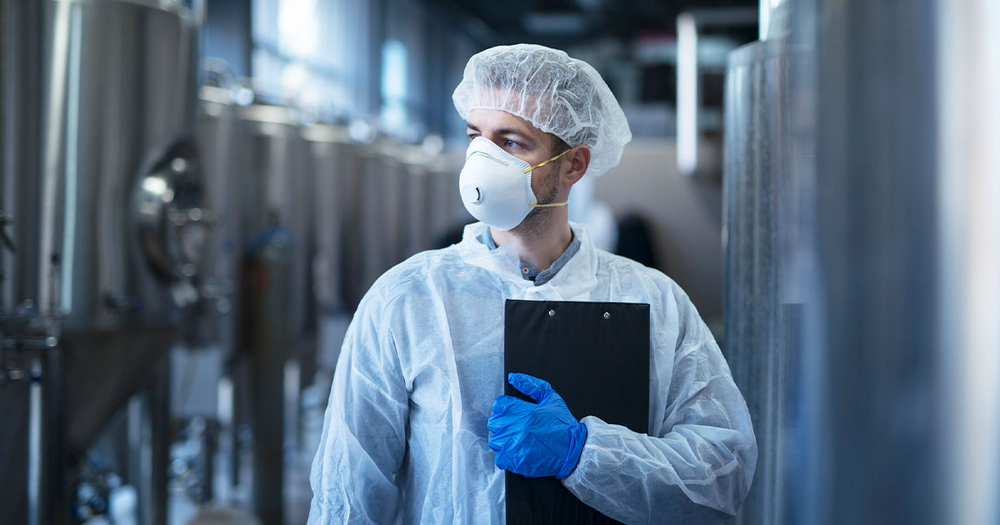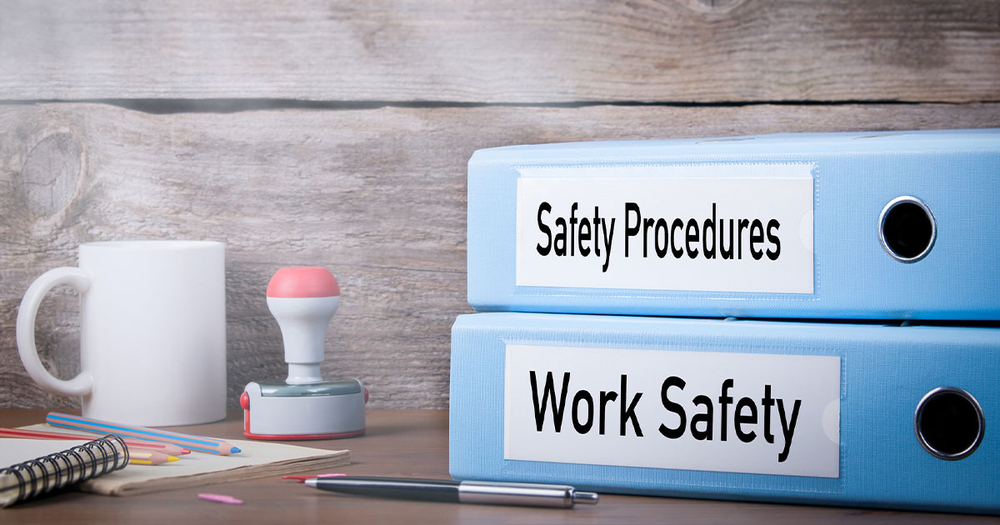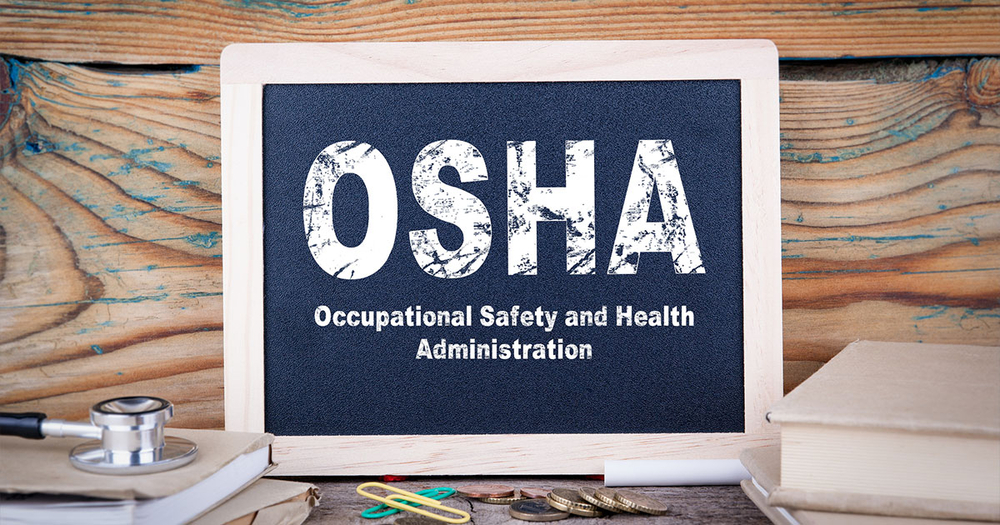
It is the responsibility of organizations to protect the health and safety of the workers they employ. However, promoting occupational health is easier said than done.
In 2018, 5,250 people died from workplace-related injuries 2018, according to the U.S. Bureau of Labor Statistics. On top of that, there were 2.8 million nonfatal workplace injuries and illnesses in the private sector alone.
While these numbers are large, there is much that employers can do to prevent these health hazards. Industrial hygiene is the key to building a safer workplace.
Industrial hygiene is the science of protecting the health and safety of people in the workplace. The term emerged when the American Public Health Association launched the industrial hygiene branch in the early 1900s. However, its roots are from even earlier, when Roman scholars documented the health risks to workers exposed to sulfur, lead, and zinc. In the modern-day United States, the Occupational Safety and Health Administration (OSHA) upholds standards for companies to follow regarding workplace conditions.
Industrial hygiene includes formal processes of identifying, analyzing, and controlling hazards. It often requires engineering solutions and workplace controls in the event that hazards are detected.
There are several key components of industrial hygiene that are vital to keeping workers safe.
Ergonomic hazards can result in injuries from bad posture, overuse of muscles, and repeated injuries. It is important that workers receive proper training and are given a chance to confirm that workplace demands fit their bodily needs. Several examples of ergonomics improvements include changing chairs or keyboards for office workers, introducing tools to reduce repetitive tasks, and limiting time on certain jobs.
Workers can experience hearing loss if they are exposed to noise for long periods of time. Some ways to reduce noise damage include engineering the facility to enclose noisy machinery and using noise-blocking devices like ear muffs or ear plugs.
Cleaning products, pesticides, and gasoline are several of the many hazardous chemicals that workers might be at risk of ingesting. Precautions such as ventilation, personal hygiene, and maintaining equipment are important to reduce over-exposure.
Prolonged exposure to extremely hot temperatures can result in heat stroke or heat exhaustion. On the other end, prolonged exposure to cold temperatures can result in hypothermia. Workers should be able to wear appropriate clothing and take breaks during hot weather in order to regulate their temperature.
Pollution, dust, and gasses all have the capacity to impact air quality and cause nausea or headaches. Proper ventilation is critical to circulating air particles.
Workers who deal with plants and animals are at particular risk of biological hazards such as fungi, viruses, and bacteria that cause acute and chronic infections. Personal protective equipment, ventilation, and hygiene are all ways to reduce risk of these hazards.
Industrial hygienists are certified experts in identifying, evaluating, and controlling workplace hazards. Furthermore, they help organizations understand and adhere to national workplace standards. There are several steps to a successful industrial hygiene program.
The first step for an industrial hygienist is to identify hazards, including chemical, biological, or physical hazards, in a worksite analysis. They do this evaluation by performing a hazard assessment of the workplace, where they analyze data of the workplace and identify hazards, stressors, and what needs to change to improve worker safety.
Eliminate or control hazards
Once they have developed the hazards, the industrial hygienist can then plan how to eliminate or control them. While elimination is ideal, often they will have to settle for control measures that reduce but do not eliminate the hazard.
Once results are obtained and a plan for improvement is crafted, it is important that that information is shared with employees. Clear instructions will help managers and their employees get the knowledge they need to implement a new set of protocols.
Any new industrial hygiene program should account for unforeseen changes in the workplace. A workplace may introduce new machinery, chemicals, or production processes that expose workers to new hazards that were not previously accounted for.
Sagf

The National Institute for Occupational Safety and Health offers a “hierarchy of controls” that rank mechanisms to control a hazard from most to least conservative. If one machine is not sufficient to eliminate the hazard, then the hygienist can suggest the next most conservative option.
The order of the hierarchy is as follows: elimination, substitution, engineering controls, administrative controls, and personal protective equipment.
There are several different organizations that influence industrial hygiene standards.
The Occupational Safety and Health Organization (OSHA) is a federal agency that regulates workplace safety and health. It both establishes regulations and performs regular inspections to ensure organizations are complying.
Osha

The National Institute for Occupational Safety and Health (NIOSH) is also a federal organization. Part of the Center for Disease Control, NIOSH primarily conducts research and gives recommendations about worker safety and health.
Finally, the American Industrial Hygiene Association (AIHA) is a nonprofit that serves as a professional resource for industrial hygienists. It provides education and best practice resources.
Industrial hygienists can help many types of organizations, ranging from labor unions to government agencies to educational institutions. According to the U.S. Bureau of Labor Statistics, the largest employers of occupational health and safety professionals (a category that includes industrial hygienists) in 2019 were government organizations, manufacturing companies, construction companies, scientific consulting services, and hospitals.
It is evident how industrial hygienists protect workers, but their interventions also benefit employers in terms of cost and production.
First, poor safety protocols and unhealthy environments can lead employees to be increasingly absent. Organizations with staffing shortages and unhealthy workers yield less production for their companies.
Second, this type of workplace can take a toll on workplace morale over time. This further erodes productivity, and can sometimes lead to even more worker turnover.
Finally, this all results in lost profits. Studies show that absenteeism costs organizations $3,600 per year for each hourly worker and $2,650 for salaried employees.
The COVID-19 pandemic has made industrial safety more important than ever. Workplaces can be locations of virus outbreaks.
The AIHA updates COVID-19 protection guidelines for workers to adjust for new information about the virus.
There are a number of environmental hazards that threaten the safety and health of workers. Industrial hygiene professionals play an important role in making sure that organizations are taking appropriate measures to protect their employees from these hazardous conditions.
These professionals have the training and knowledge to carry out industrial hygiene programs that improve environmental health. A number of regulatory bodies at the federal and nonprofit levels are responsible for the research, standards, enforcement, and worker training in this vital field.